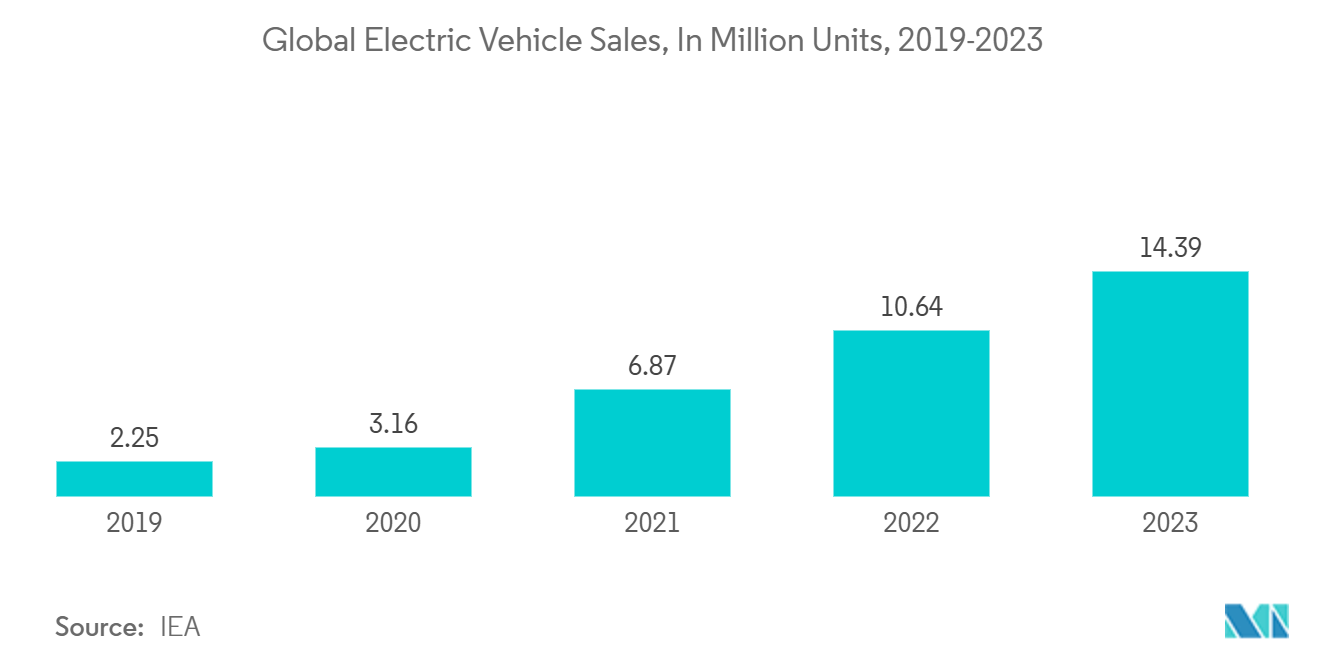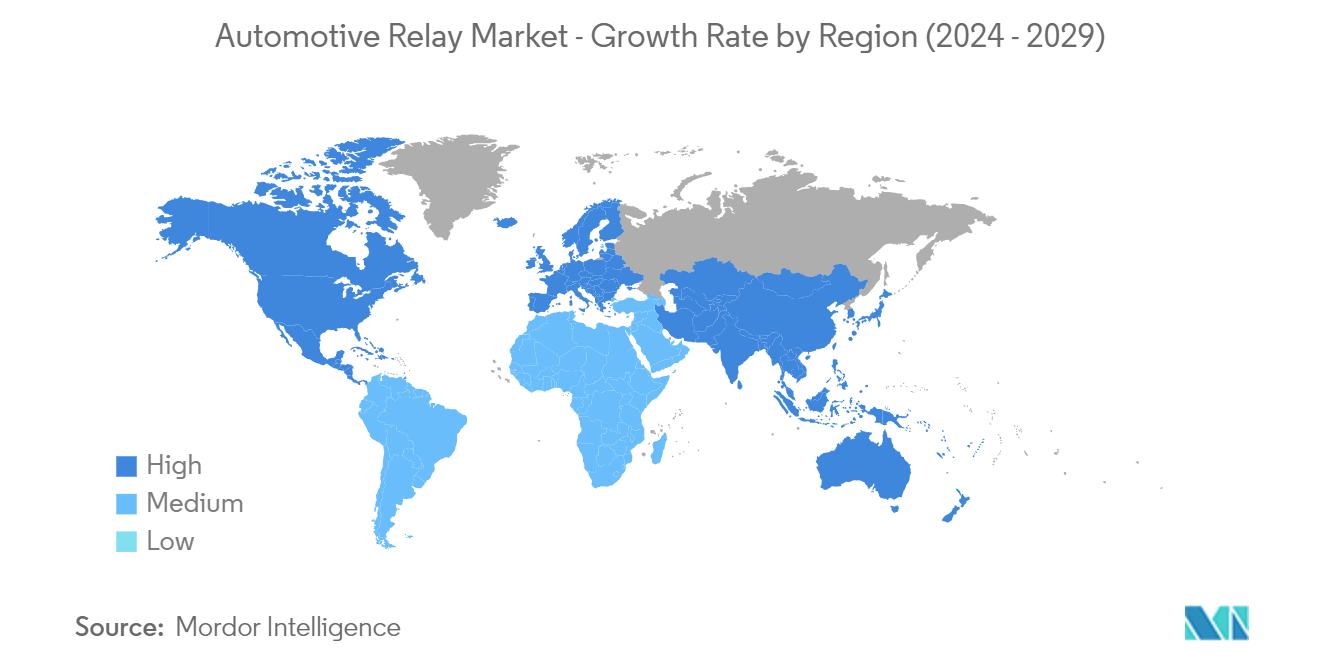Market Trends of Automotive Relay Industry
The Demand for Automotive Relay in Safety Applications is Expected to Witness the Fastest Growth
Among the various application types in automotive relays, safety systems are expected to witness the fastest growth, driven by the increasing emphasis on vehicle safety and the implementation of stringent government regulations worldwide. Safety systems such as advanced driver assistance systems (ADAS), anti-lock braking systems (ABS), traction control systems (TCS), and electronic stability control (ESC) are becoming standard features in modern vehicles. The rising adoption of these technologies to enhance vehicle safety and meet regulatory requirements significantly boosts the demand for automotive relays in safety applications.
- The US Department of Transportation's National Highway Traffic Safety Administration (NHTSA) finalized a new rule in April 2024 that mandates automatic emergency braking (AEB), including pedestrian AEB, to be standard in all new passenger cars and light trucks by September 2029.
- In addition to the United States, the European Union updated its General Safety Regulation (GSR), which requires new vehicle models in production lines to be equipped with Intelligent Speed Assist (ISA) by July 2024. This system helps drivers adhere to speed limits by either alerting them or automatically adjusting the vehicle's speed.
Additionally, the proliferation of autonomous driving technologies and connected vehicles accelerates the growth of safety systems. The push toward higher levels of vehicle automation and the continuous advancements in sensor and communication technologies ensure that safety systems remain a critical and rapidly growing segment in the automotive relay market.

Asia-Pacific is Dominating the Automotive Relay Market
Asia-Pacific is the world's largest automotive production hub, with several countries in the region, including China, Japan, South Korea, and India, being major automobile manufacturers. Rising income levels, urbanization, and improved living standards led to an increase in vehicle ownership across Asia-Pacific. This surge in vehicle ownership directly impacts the demand for automotive relays used in various vehicle systems.
Many countries in Asia-Pacific implemented strict emission regulations to reduce pollution and greenhouse gas emissions. These regulations drive the adoption of advanced engine management and emission control systems that use relays for efficient operation.
The shift toward EVs and hybrid vehicles is a significant trend in the automotive industry. EVs and hybrids use more relays compared to traditional internal combustion engine vehicles, contributing to the market’s growth. Relays are becoming more compact and integrated, saving space in vehicles and reducing weight. This trend aligns with the automotive industry's focus on lightweighting and space optimization.
Asia-Pacific leads in the automotive relay market due to its position as a major automotive production hub, growing vehicle ownership, the electrification of vehicles, stringent regulations, and the adoption of advanced automotive technologies.


